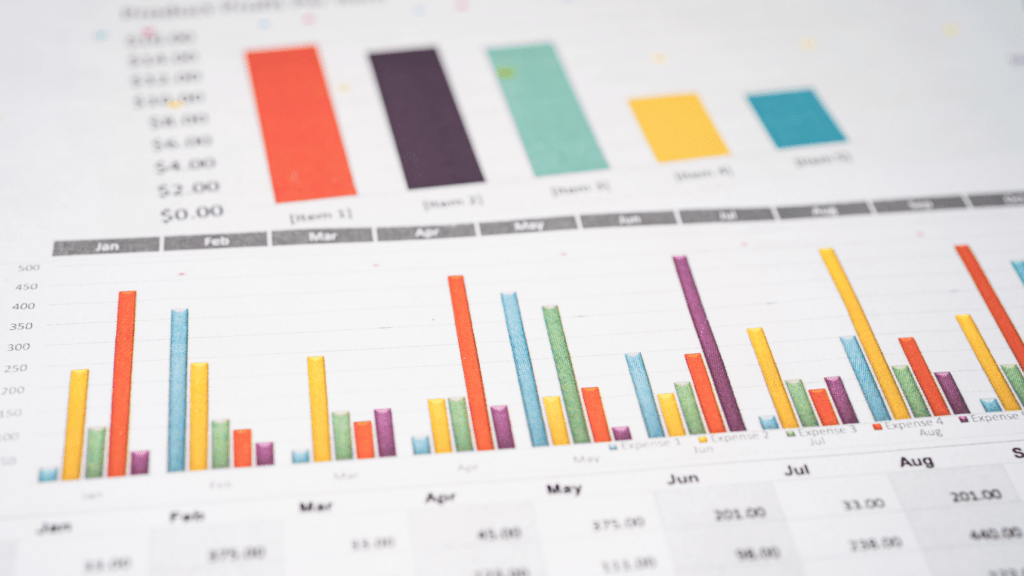Crafting a winning strategy with data-driven insights is not just a trend; it’s a necessity in today’s competitive landscape. As a seasoned blogger, I’ve witnessed the transformative power of leveraging data to make informed decisions that drive success.
In this article, I’ll delve into the art of harnessing data-driven insights to formulate strategies that yield tangible results. From market analysis to consumer behavior patterns, data holds the key to unlocking a deeper understanding of your target audience and industry dynamics.
By incorporating data-driven insights into your strategic planning, you can identify emerging trends, anticipate market shifts, and stay ahead of the curve. Join me as I explore how businesses can harness the power of data to craft winning strategies that propel them towards their goals.
Understanding the Importance of Data-Driven Insights in Strategy Crafting
In strategy crafting, utilizing data-driven insights is crucial for making informed decisions that lead to success. Data plays a pivotal role in understanding market dynamics and consumer behavior, enabling businesses to anticipate shifts and maintain a competitive edge.
Leveraging data to develop strategies is key to achieving tangible results in today’s fast-paced business landscape.
Leveraging Data Analytics Tools for Strategic Decision Making
In today’s competitive landscape, leveraging data analytics tools is essential for making informed decisions that drive success. Let me delve into how identifying key metrics for performance evaluation and utilizing predictive analytics can significantly impact strategic decision-making.
Identifying Key Metrics for Performance Evaluation
When it comes to crafting a winning strategy, identifying key metrics for performance evaluation is paramount. By pinpointing the most relevant metrics for your business, you can track progress accurately and make data-driven decisions.
For example, metrics like customer acquisition cost, customer lifetime value, and conversion rates play a crucial role in evaluating the effectiveness of your strategies. Utilizing these key metrics allows you to optimize performance, enhance decision-making processes, and ultimately drive success.
Utilizing Predictive Analytics for Future Planning
Predictive analytics empowers businesses to forecast future trends, behaviors, and outcomes based on historical data and statistical algorithms. By harnessing the power of predictive analytics, you can enhance your strategic decision-making processes and stay ahead of the curve.
For instance, predictive analytics can help in forecasting demand, identifying potential risks, and spotting emerging opportunities. By leveraging predictive analytics tools effectively, you can make proactive decisions that align with your business objectives and drive sustainable growth.
Implementing Data-Driven Strategies in Business Operations
Implementing data-driven strategies starts with building a robust infrastructure to collect and analyze data effectively. By investing in advanced analytics tools and aligning insights with clear objectives, businesses can extract valuable information and focus on achieving measurable goals.
Fostering a data-driven culture encourages evidence-based decision-making, enhancing transparency and efficiency. Regular monitoring and real-time adjustments enable companies to stay agile, leveraging insights to drive innovation and maintain a competitive edge.
Measuring the Impact of Data-Driven Insights on Overall Performance
Expanding on the actionable steps for implementing data-driven strategies, I focus on measuring the impact of data-driven insights on overall performance. It’s crucial to evaluate the effectiveness of strategies through tangible metrics and performance indicators, ensuring that they align with business objectives and drive sustainable growth.
- Tracking Key Performance Indicators (KPIs): Identifying and monitoring key metrics like customer acquisition cost and conversion rates is essential for measuring the success of data-driven strategies. Tracking KPIs provides insights into performance levels, highlights areas for improvement, and allows for data-driven decision-making.
- Analyzing Data Trends: Analyzing data trends helps in understanding market dynamics and consumer behavior shifts, enabling businesses to adapt their strategies accordingly. By examining data patterns and trends, organizations can make informed decisions that resonate with their target audience and improve overall performance.
- Evaluating Strategy Effectiveness: Regularly assessing the impact of data-driven insights on strategy effectiveness is critical for making informed adjustments and enhancements. Evaluation allows businesses to refine their approaches, capitalize on successful tactics, and address any inefficiencies in real-time.
- Adapting to Market Changes: Utilizing data-driven insights for measuring performance enables organizations to stay agile and responsive to rapidly evolving market trends. Adapting strategies based on data analysis ensures that businesses remain competitive and are well-positioned to capitalize on emerging opportunities.
By measuring the impact of data-driven insights on overall performance, organizations can optimize their strategies, maximize efficiency, and drive sustained success in today’s dynamic business landscape.



